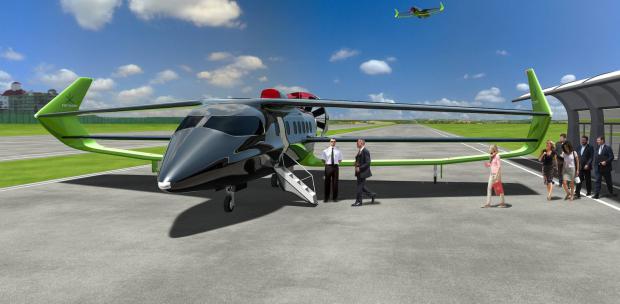
Breaking News
6.8 SPC vs. 300 Blackout: Powering Up the AR Platform
 Autism Study By McCullough Foundation Begins New Era of Free Scientific Inquiry
Autism Study By McCullough Foundation Begins New Era of Free Scientific Inquiry
 REVOLUTION DAY 8: Libertarians JOIN The Revolution
REVOLUTION DAY 8: Libertarians JOIN The Revolution
 US Government and Westinghouse $80bn Nuclear Reactor Deal
US Government and Westinghouse $80bn Nuclear Reactor Deal
Top Tech News
 Graphene Dream Becomes a Reality as Miracle Material Enters Production for Better Chips, Batteries
Graphene Dream Becomes a Reality as Miracle Material Enters Production for Better Chips, Batteries
 Virtual Fencing May Allow Thousands More Cattle to Be Ranched on Land Rather Than in Barns
Virtual Fencing May Allow Thousands More Cattle to Be Ranched on Land Rather Than in Barns
 Prominent Personalities Sign Letter Seeking Ban On 'Development Of Superintelligence'
Prominent Personalities Sign Letter Seeking Ban On 'Development Of Superintelligence'
 Why 'Mirror Life' Is Causing Some Genetic Scientists To Freak Out
Why 'Mirror Life' Is Causing Some Genetic Scientists To Freak Out
 Retina e-paper promises screens 'visually indistinguishable from reality'
Retina e-paper promises screens 'visually indistinguishable from reality'
 Scientists baffled as interstellar visitor appears to reverse thrust before vanishing behind the sun
Scientists baffled as interstellar visitor appears to reverse thrust before vanishing behind the sun
 Future of Satellite of Direct to Cellphone
Future of Satellite of Direct to Cellphone
 Amazon goes nuclear with new modular reactor plant
Amazon goes nuclear with new modular reactor plant
 China Is Making 800-Mile EV Batteries. Here's Why America Can't Have Them
China Is Making 800-Mile EV Batteries. Here's Why America Can't Have Them
Return of the tri-plane: The revolutionary British-built hybrid aircraft powered by...

A hybrid aircraft that is quieter than a Hoover and harks back to the tri-planes of the First World War is aiming to be at the forefront of eco-friendly air travel.
Faradair, based at Duxford, home of the Imperial War Museum, aims to have its bio-electric aircraft (Beha) ready for commercial flights by 2026 with a full fleet available by the end of the decade.
The futuristic 18-seater airplane sports a triple-box wing setup — famously associated with German WWI flying ace the Red Baron — and incorporates a combination of electric motors and biofuel.
Electric motors will orchestrate take-off and landing which will help reduce noise pollution, as the company moves a step closer to carbon neutral travel.
The Beha is expected to register around 70 decibels (dB) when taking off and landing, around the same noise level as a household vacuum cleaner, whereas traditional jet engines can reach 140dB.
Biofuel engines will take over while cruising and power a turbogenerator. The engines will also help recharge the electric motors, with the assistance of solar panels.

 China Innovates: Transforming Sand into Paper
China Innovates: Transforming Sand into Paper

